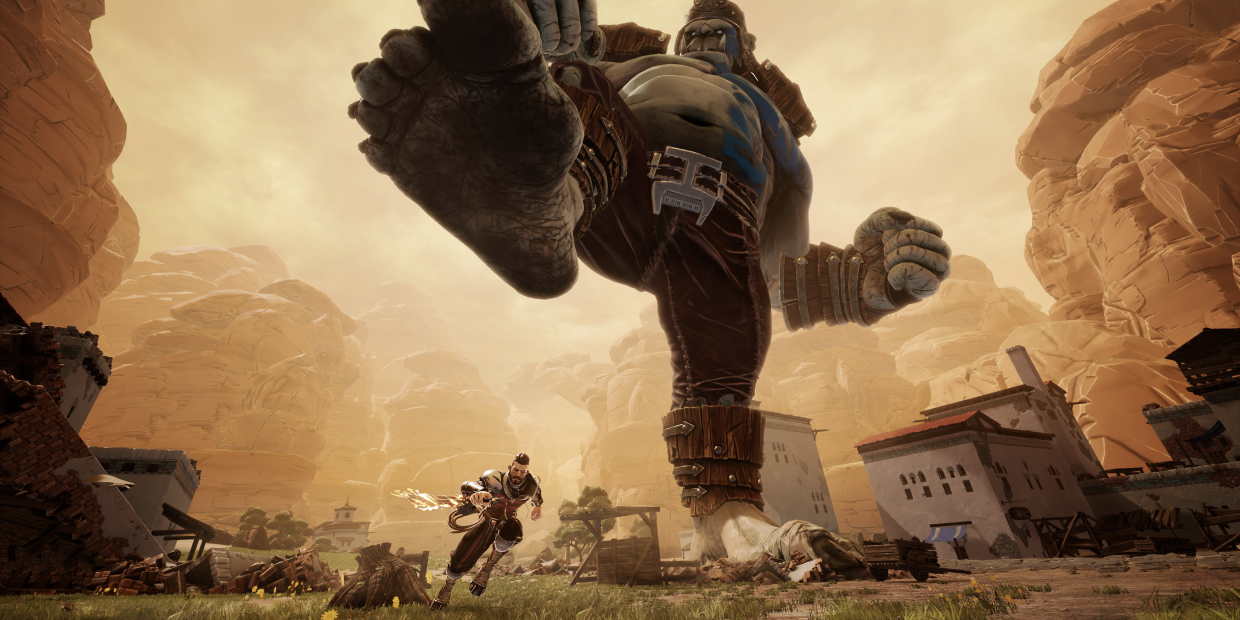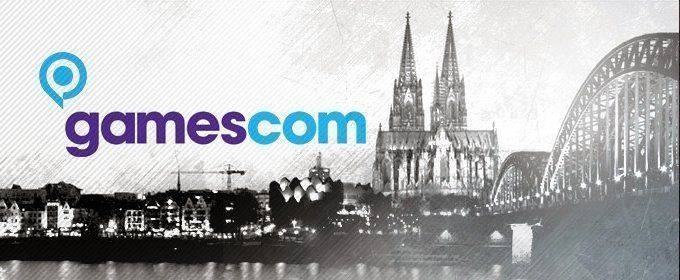Video game streaming services will be the next stage for the industry and Uruguayan ABYA launches this fall for users in Uruguay.
The war over big video games (not casual cell phone games), or rather the war over capturing gamers, will no longer be fought by devices like the PlayStation or Xbox.
It will be on the internet and will have a Uruguayan participant, called ABYA, who from May will run alongside, or against, the giants Google and Apple.
The system is called cloud gaming, or game on demand, and it originates from very primitive experiences made in the 2000’s by a Finnish company that has evolved throughout the century, without reaching any success until now. The great objective of these streaming services, that is, transmission services, is that the user can play anything regardless of the computing power of their device. That is, as advertised, it would no longer be necessary to spend $600 on a PlayStation or $1,500 on a game-ready PC.
“You can play Tomb Raider on a Ceibalita [low performance laptop for kids] and load it in 10 seconds”
Promises Franco Miceli, founder of ABYA

ABYA gets center page in Cromo
Streaming
There are two types of games on demand. One would be one in which the user has to gradually download games, so it requires that their device have some computational power to process it. With this system you download, for example, 5% of the game and with that you start and, as you go, the system downloads more small parts without affecting the liquidity of the game or never downloading it completely.
The other system is that the game is never downloaded, but is on a cloud server. At home, the user sends the commands just as if the game were installed on their computer or tablet and the game runs from the cloud servers. Technically speaking, what the user receives is a video stream of the game being played on a computer in another city or another part of the planet. Thanks to that, the user no longer has to worry about the game occupying 25 GB’s and consuming 6 GB’s of RAM, like the Rise of the Tomb Raider . This second system is the one used by ABYA and the one promised by Google.
“What it takes for this to work properly is to have processing power in the cloud. If there are servers with powerful graphics, it will work on any device,” says Miceli, who is a telecommunications engineer and is 34 years old. He conceived this idea in 2015 while working in research and development for Plan Ceibal.
“When I was working there, I saw that children couldn’t use the machines for the games that were popular,” he says. “Beyond the educational purpose for which the education laptops were made and for what we worked for, I realized that the child gives value to what he has by the way he uses it. The equipment we bought varied, so I wondered what they all had in common. They all had a good network and good video capacity. That’s when I came up with the idea of running the games in the cloud and making people believe they run on the computer,” he explains to Cromo.
The Beginning
A support fund from the National Agency for Research and Innovation (ANII) allowed him to take the rest of the steps and explore building servers. Back then there were only a couple of failed game streaming experiences and Google and Apple’s plans were not yet announced. Miceli was later joined by Waldemar Fernández, who among other things had brought several technology companies to the stock exchange, and Nicolás Jodal, from Thales Lab and Genexus.
“Google started working in 2016 with a huge team of engineers. We, at our peak of work, were seven or eight in the company,” he recalls.
The difference between Miceli’s project and the others that were being developed was, first of all, technical. These streaming systems use a specific model of graphics cards from the Nvidia brand (one of the most used brands for PCs made for gaming), which simultaneously deal with processing the game and converting it into video to transmit. “What mattered was solving the issue of how to encode the video so that it did not take up much space on the network,” he says. And by solving that question, he was able to come up with a different technical solution than the one used by the others.
With the ANII fund, Miceli bought his own server and developed his own software. The idea was that with few servers it could serve as many users as possible, since the other systems appealed to virtual servers, that is, they rely on multiple machines. “By not using virtualization technologies, we didn’t need to divide our server among many virtual machines,” he explains.
Thus they came to the system called bare metal, which is not their creation but which they took advantage of for their project. A bare metal server is a machine dedicated to a user exclusively, instead of being shared by different ones. In this case, the unique user of that server is ABYA and the clients are the future players who use the games that reside on that and other servers. So the first big step was to buy your own server. Over time, ABYA got other servers. Some are in Uruguay and others are in the United States (San José, California and Washington state, specifically). The ones in the north are rented from IBM and Amazon, although they use the same bare metal service and therefore work exclusively for them. This is one of the factors that allows them to run any kind of game in a resolution of 1080 pixels and at 60 frames per second. And they are working to reach 4K resolution, a graphic quality that represents paradise for any gamer.
Miceli says that in an internal report on the tests they ran on their servers, showed that a single one of their servers could support up to 70 users at a time. And those 70 could be playing different games and receiving them in perfect condition from their homes. “From what we know of the industry, we are far superior in performance to what is available,” he says.
The Unknowns
These systems would contribute to the massification of video games that today are for hard-core gamers, that is, for those who invest a lot of money in consoles, PC updates and purchases. In other words, they could attract casual players, at least those who are willing to pay a monthly subscription whose costs are not announced, not even in the case of ABYA’s major competitors.
In March of last year, at the Game Developers Conference, Google presented Google Stadia. In addition to having the name of Google itself as a backing, the system offers some advantages, such as being able to be used from a cell phone or tablet and then being sent to a television through the Chromecast. And although Chromecast and cell phones don’t seem to be too practical for complex games designed for PC or Xbox, the problem would be solved with a controller they make.
Six days after Google, Apple announced Arcade, its own system, which opened to the public last year. Unlike Stadia, Apple Arcade allows you to play online, if you like, and only through the brand’s devices. According to a note from the technology website The Verge, even the video game creators themselves could not say how the income would be shared.
“Google’s announcement has helped show that this has come,” says Miceli. “Your product is very good and has interesting technical characteristics. What it has is that developers are changing their new games to adapt them to Stadia, which leads to you having to make versions of your product for the cloud, for Xbox, PlayStation or Google Play. In our system there is no adaptation necessary,” he points out.
Until now, the standard for accessing games was to buy them in their physical version, DVD or BluRay, or download them from online distributors, such as Steam; and the constant has been that the game must be installed and operated on the device that the user has, be it a computer, a cell phone or a console. And therefore, the type of game that can be used depends on the device and the money invested in it. There have been two races that were run in parallel, that of games, which are progressing graphically, and that of hardware manufacturers selling devices or cards that allow them to be enjoyed to the fullest.
At this point the medium-term future is only speculation. One possibility that opens up is that the streaming of games ends physical purchases and downloads, just as Netflix destroyed the habit of going to the video store. The other possibility is that the requirement of having a decent bandwidth continues to serve as an impediment to the true massification of this system, since it is essential that there is no gap between the commands that the user gives at home and the image that you receive on your screen, just as if you were operating the game on your computer.
The Google Stadia promotion proposes the idea that it is about meeting in one place, regardless of physical distances. And, therefore, they understand that distance is not an impediment to feeling that one is inside the game and one is part of a community. In the case of ABYA, it is its name that points to something like this, but with a nuance that is even proudly ideological; ABYA is the name claimed by some indigenous communities for the continent that Europe named America. The content rules.
In Franco Miceli’s opinion, from now on the bid between these streaming services will not be so much for the technical conditions but for the content offered by each one. “It’s like Game of Thrones for HBO, or like the series that only Netix has. Or it’s like what happened to Epic Games with Fortnite,” he says.
Apple has not advanced much, except that it will have a catalog of more than 100 exclusive games for its system. They are working with Hironobu Sakaguchi, responsible for Final Fantasy , and with Will Wright, creator of The Sims and Sim City, both considered geniuses of the conception of video games. Google Stadia has only shown that it will have some as graphically advanced as Assassin’s Creed: Odyssey and Doom Eternal.
In the case of ABYA, although it does not yet say how the catalog will be composed, the presentation preview briefly shows a menu in which there are important games, such as Rise of the Tomb Raider, Mad Max and Lego Marvel. “We are dedicated to generating content and licensing. I think this competition is going to do the industry good. It is like Netflix, as there are now a lot of local producers selling to it. Or it may be the same as YouTube, which opened television to the world,” says Miceli.
Source Cromo





